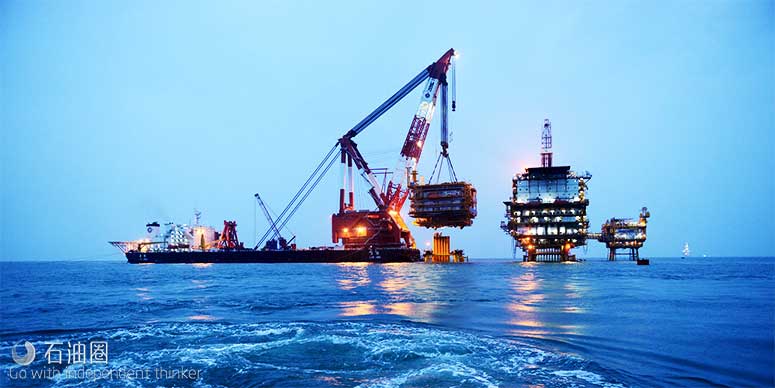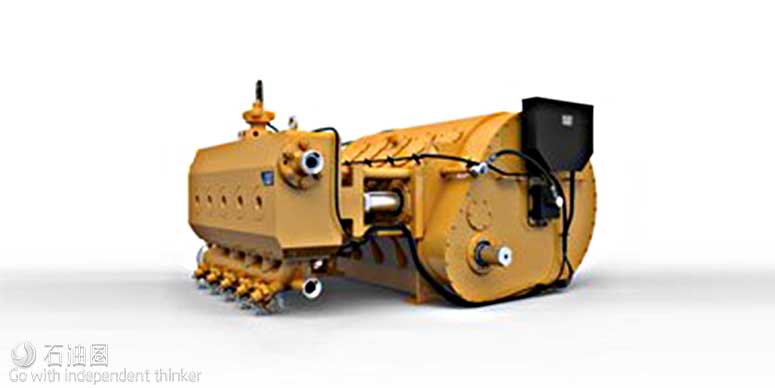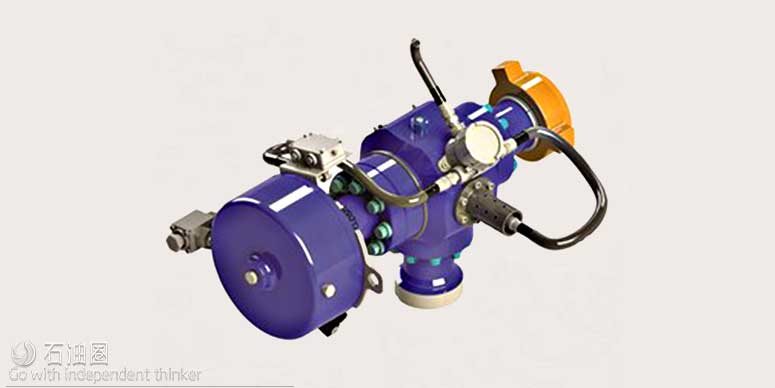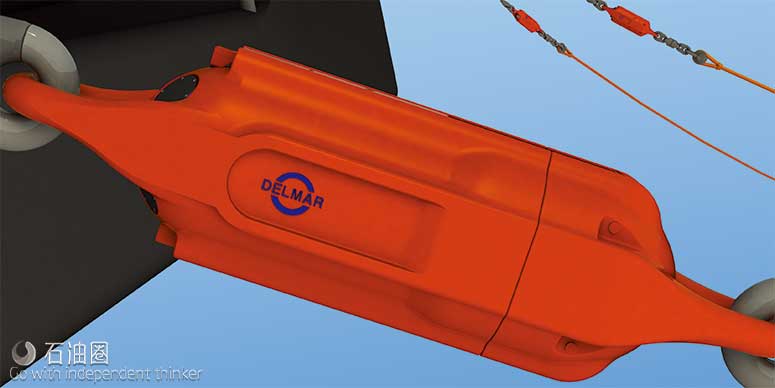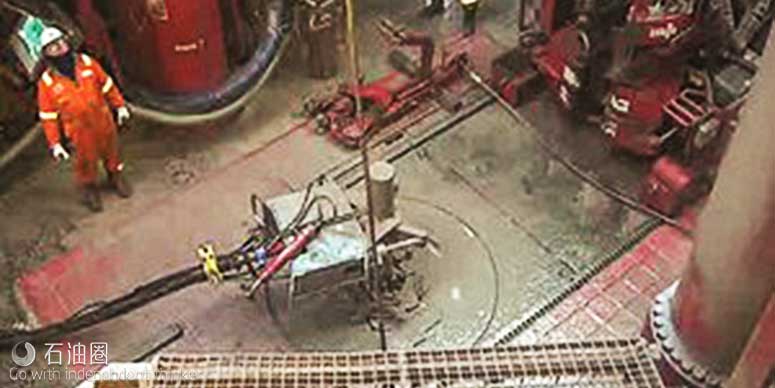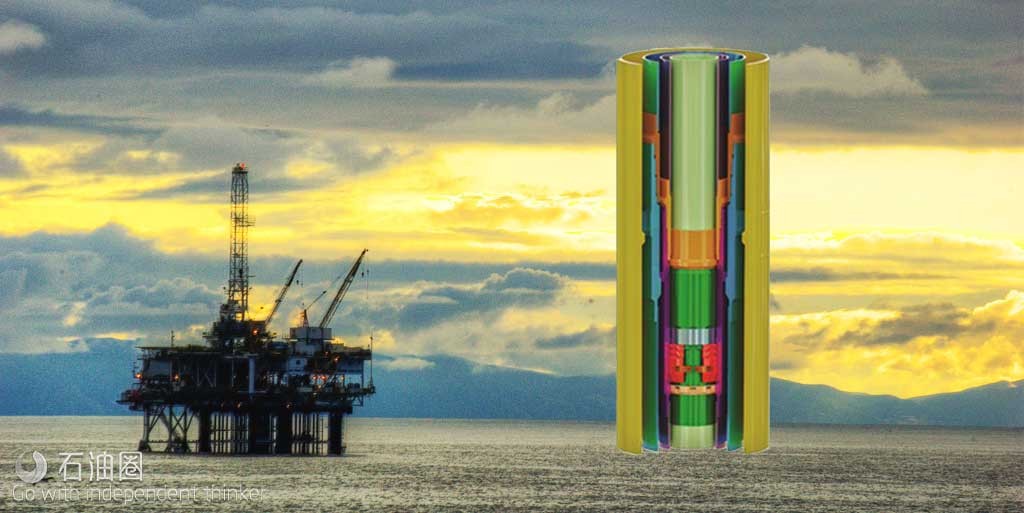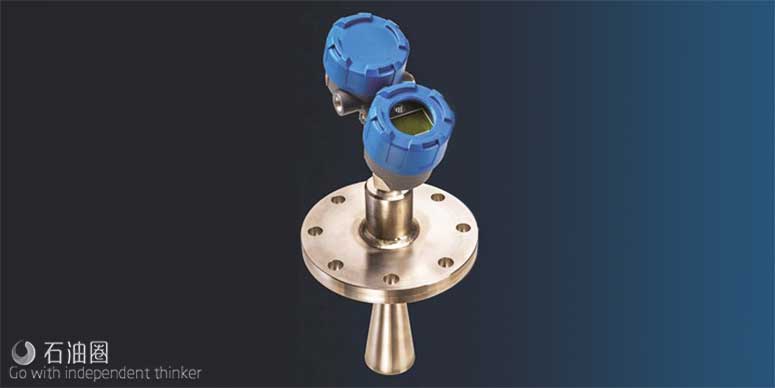As was the case last year, nearly all of this group of new technologies and next-generation improvements on existing products remains split between drilling and production applications. However, a couple of items address completions and well intervention. Among the miscellaneous items are an advanced battery system for offshore facilities; upgraded mooring release technology; and electrical heat-based technology that creates downhole sealants in minutes. As always, the companies developing and offering these advancements have geared their efforts to saving time and money.
PUMP ELECTRONIC MONITORING SYSTEM RELEASED
Caterpillar Oil & Gas has launched a new pump electronic monitoring system (PEMS).
It (Fig. 1) implements a different way of managing pumping operations. It can minimize downtime, preserve fluid ends and power end components—helping to avoid catastrophic failures. It monitors and analyzes high-speed data from several onboard sensors. If the data indicate cavitation or leaks occurring on the pump, the system will output, a warning message in real time to the pump operator, for immediate review and corrective action.
PEMS analyzes data from oil temperature, oil pressure, vibration, discharge pressure and suction pressure sensors. These data can be used to schedule preventative maintenance and rescue high-wear components. It is compatible with Cat Triplex and Quintuplex pump platforms.
NEW PRESSURE RELIEF VALVERATED TO 10,000 PSI
Cortec’s adaptable pressure relief valves (PRVs) include a diverse range of models and control panels tailored to individual specifications, Fig. 2. They are designed to offer users the safety, reliability and rapid response functions required to meet the challenges of today’s drilling operations. At OTC 2018, the company will showcase the new, commercially available CRV26 PRV, which has been engineered to protect drilling systems against the dangers of over pressurization. Visitors will be shown a full visual demonstration of the valve’s capabilities.
The new valve is the first of its kind to be rated to 10,000-psi systems. This will be available for 10,000-psi well control systems, as 20,000-psi BOP systems become more common. It will offer a very competitive alternative to other remotely operated PRV models, while offering reliability, precision and repeatability that conventional burst disks and manual spring reset valves cannot provide. Automated PRVs provide the highest degree of accuracy and reliability available, and are automatic or manually resettable for thousands of cycles. Applications in the field include frac system relief, mud pump relief, and managed pressure drilling (MPD).
UPGRADED MOORING RELEASE TECHNOLOGY
Delmar Systems has introduced an improved mooring release technology, RAR Plus, Fig. 3. The tool features a mechanical backup, which ensures the ability to detach the mooring in case the remote acoustic transmission fails to actuate the RAR. The mechanical release bypasses the acoustic, electronic and hydraulic systems, and can be actuated by the rig or with a nearby support vessel. After acoustic or manual activation, the RAR body can be pulled taut with the rig’s winch and nested with the trigger sleeve against the rig’s fairlead. With the RAR securely nested, the rig can sail away without AHTS vessel operations that can delay rig movement, if weather downtime or vessel breakdown occurs.
The upgraded device also has a significantly increased minimum break load (MBL) of 900 metric tons, so that RAR Plus isn’t the limiting MBL component, even in systems with high-strength elements in their mooring lines. The release load rating has also been increased to over 360 metric tons, allowing for disconnection at higher line tensions.
RAR Plus can be equipped with an acoustic telemetry system that has integrated sensors providing real-time continuous monitoring of local line inclination, depth and strain. These sensors and the topside processing unit communicate through acoustic modems to display direct-measured and indirect-calculated line tensions onboard the rig in real time. These data are independent of the rig’s existing load cell tension readings. The data stream can be integrated with 3D catenary monitoring systems, to mitigate mooring risks in congested fields. All data are saved in the topside processing unit and locally within the tool’s memory for post-analytical purposes.
Every RAR Plus has dual design and manufacturing certifications from ABS and DNV, ensuring stringent scrutiny on design, manufacturing and testing processes on each unit.
The company successfully installed the first set of RAR Plus units on a moored semisubmersible in the GOM. The technology saved the operator a significant amount of rig and vessel time during rig disconnections using the MOOR-Max releasable system, equipped with RAR Plus technology.
DRILLMEC’S CONTINUOUS CIRCULATION SYSTEM MITIGATES DEEPWATER CHALLENGES
The need to develop new technologies to solve or mitigate drilling issues related to bottomhole pressure management arose in 2000, when the drilling industry moved to new challenges, such as HPHT wells and deepwater activities.
Oil companies have found continuous mud circulation to be a standard solution to drill challenging wells in a safe, efficient way. However, low systems reliability, potential safety issues and uncertain connection times slowed down routine application of continuous mud circulation in the drilling industry. Still, this technology represents a substantial drilling breakthrough, enabling continuous drilling operations along the entire drilling phase and preserving steady-state circulating conditions during connections.
The HoD (Fig. 4), a second-generation continuous circulation system developed and patented by Drillmec, has been utilized recently in ultra-deepwater exploration wells, in Black Sea water depths of 2,150 m. The use of the tool was planned to start from the 17?-in. phase, to the reservoir phase. A potential narrow drilling window, with uncertain formation gradients, required close control of the ECD and accurate indication of return flow from the well, even during connections, to avoid potential kicks and mud losses.
During the entire project in the Black Sea, the tool was set and rigged-up on a sixth-generation semisubmersible in less than 25 working hr. The system has been operational for 58 days with zero accidents and zero LTI, performing 194 connections with 100% success rates.
WELLHEAD SYSTEM REDUCES OFFSHORE COSTS
Kerui Petroleum has developed an offshore casing test system, based on research and development of conventional wellheads and offshore platform equipment. The MSW-1, shallow-water mudline suspension wellhead system (Fig. 5), offered through the company’s WEFIC wellhead brand, recently passed the API 17D performance test for underwater production systems in China.
The MSW-1 fully simulates the installation and pressure of the mudline environment. The system achieves pressure control and pressure dredging, during underwater drilling, by sealing and suspending each layer of casing at the mudline. Its relatively simple design enables rapid and safe installation. After testing, 95/8-in. and 20-in. casing can bear approximately 500 tons and, 1500 tons, respectively. The working pressure can reach 15,000 psi. The entire system can complete drilling and production operations in water depths up to 150 m. After use, it can be returned to the platform for well completion work. In shallow-water operations, it can be used to replace a deepwater wellhead, reducing costs by 10%–20%.
The system is intended to increase operational efficiency in the acquisition of oil and gas resources worldwide.
NON-CONTACT RADAR TRANSMITTER IMPROVES LEVEL-MEASUREMENT PERFORMANCE
The PULSAR Model R86 non-contact radar transmitter from Magnetrol (Fig. 6) provides improved level-measurement performance in a wide range of upstream applications, including offshore cement slurry, drilling fluid and crude storage tanks. The latest in Magnetrol’s full portfolio of level instrumentation, the Model R86 features improved performance, advanced diagnostics and true versatility.
The transmitter’s 26-GHz radar signal has a smaller wavelength, resulting in smaller antennas and improved resolution. This is an important distinction for some process vessels, because the smaller beam angle allows for installation into process connections as small as 1? in. As a result, the transmitter provides more precise, dependable level measurement and control.
Its user interface experience is driven by advanced diagnostics that transform the way that radar level measurement is used. Automated echo capture conveys real-time waveform and trend data, allowing users to assess the situation at a glance. In addition, the event history shows up to 20 events, including diagnostic and configuration data to pinpoint any issues. Troubleshooting tips provide practical solutions that can help reduce downtime.
The radar transmitter uses circular polarization, which eliminates the need to rotate the antenna orientation during commissioning. This simplifies installation and delivers proper alignment in virtually every application. High-temperature antennas are designed for use in operating conditions up to 750°F. Additionally, nozzle extensions ranging from 12 in. to 72 in. accommodate non-standard nozzle lengths and buried vessel standpipes.

 石油圈
石油圈